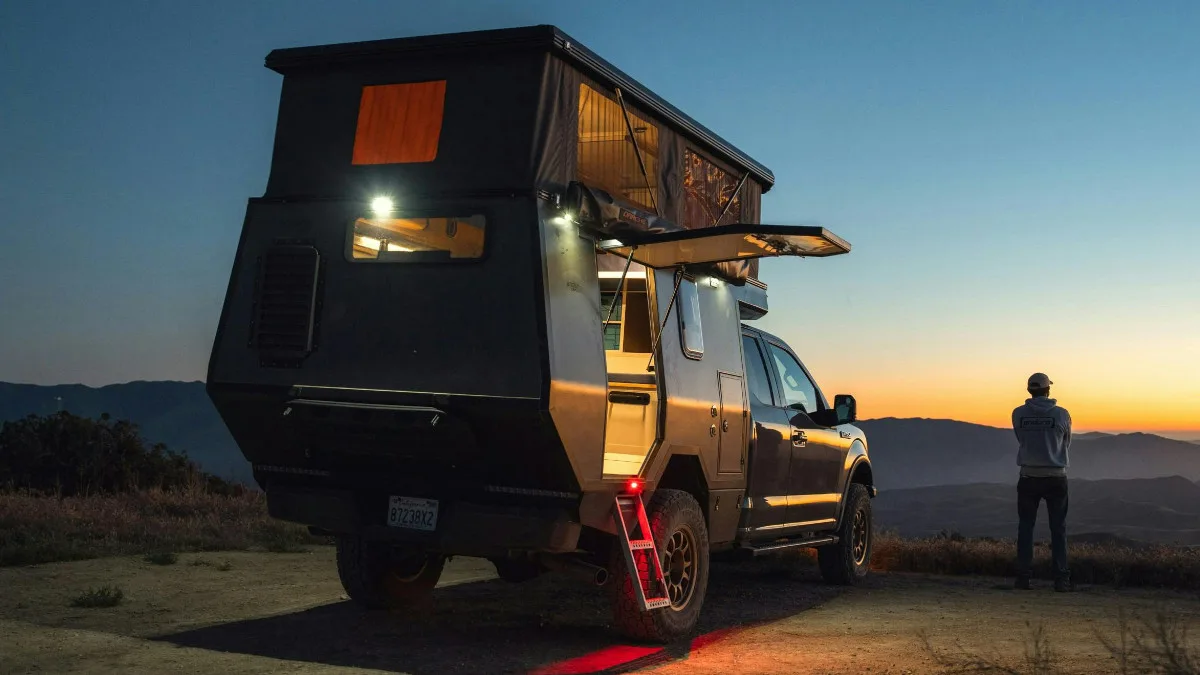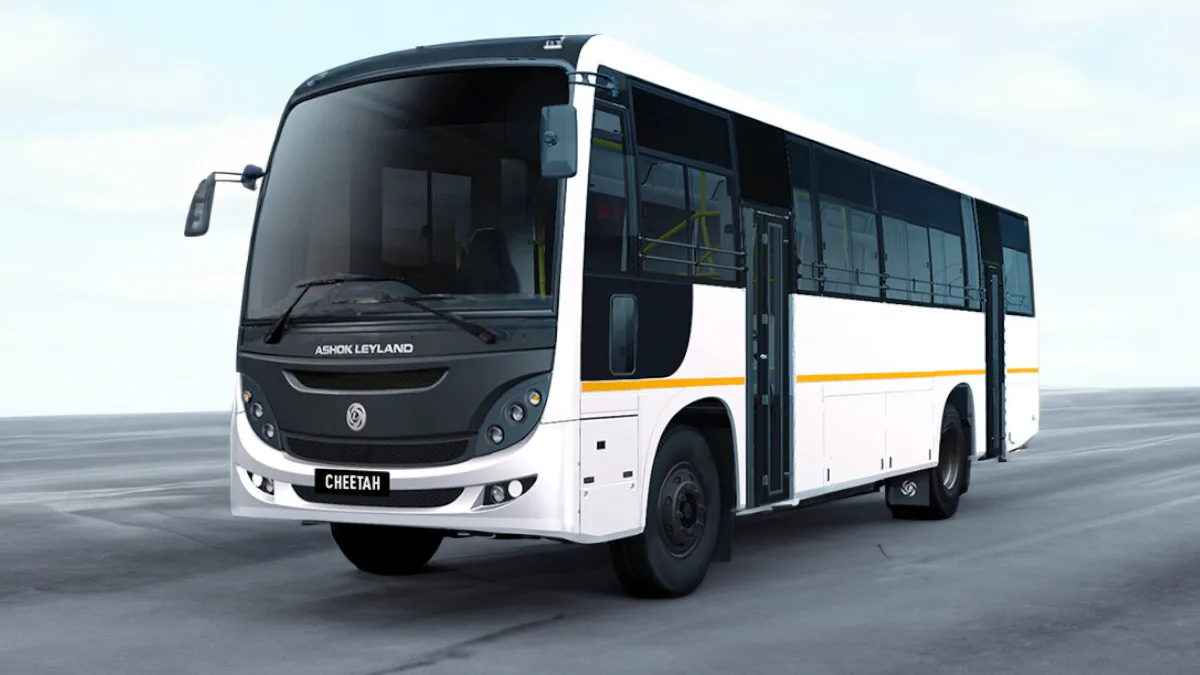
In a shocking turn of events, Hyperloop One, once hailed as the future of transportation, is now facing its final curtain call. The brainchild of visionary entrepreneur Elon Musk, this groundbreaking concept promised to revolutionize travel, propelling people and cargo at mind-boggling speeds of 700 miles per hour. However, as reported by Bloomberg, the company is set to close its doors, marking the end of a journey that began in 2014.
The Rise and Fall of Hyperloop One
Hyperloop One captured the imagination of the world with its tantalizing promise of ultra-fast transportation. Elon Musk, a pioneer in the tech industry, envisioned it as the “fifth mode of transportation.” The company garnered significant attention and financial support, raising hundreds of millions of dollars. However, despite the initial excitement, Hyperloop One faced insurmountable challenges in translating its vision into a viable reality.
One of the critical blows to the company was its inability to secure contracts for its revolutionary technology. The grand plans to whisk people and cargo between cities at unprecedented speeds never materialized. As Hyperloop One grappled with this setback, it found itself selling assets, laying off workers, and ultimately succumbing to the harsh reality of the market. The once-promising venture will officially cease operations at the end of this month.
Elon Musk’s Alternatives: The Boring Company
As the curtains close on Hyperloop One, Elon Musk’s quest for innovative transportation solutions continues through another avenue—The Boring Company. Founded to explore alternatives to traditional public transport, this tunneling firm has undergone changes in its ambitions over the years.
While plans to build hyperloop prototypes in major cities like Chicago, New York, and Washington DC fizzled out, The Boring Company has not abandoned its mission. Musk’s company has, however, scaled back its initial vision. Currently, the most tangible manifestation of Musk’s ambitious plans lies in a 1.6-mile loop beneath the Las Vegas convention center.
The Las Vegas Loop: A Glimpse into the Future
The existing Las Vegas loop, despite its limited scope, provides a glimpse into Musk’s vision for the future of transportation. Shuttling passengers through an underground tunnel in Tesla cars, the loop aims to alleviate traffic congestion and redefine urban mobility. The Boring Company plans to expand this system to an impressive 69 stations, signaling a commitment to advancing Musk’s transportation goals.
Despite Musk’s tweet last year indicating ongoing plans for a hyperloop, the initial prototype built at SpaceX’s Californian headquarters has undergone a surprising transformation. Instead of spearheading the transportation revolution, it has been repurposed into a parking lot—an unexpected turn of events for a project that once held such promise.
The Road Ahead
As Hyperloop One bows out and The Boring Company charts a revised course, the future of high-speed transportation remains uncertain. Elon Musk, known for his resilience and innovation, may yet surprise the world with new and transformative ideas. The narrative of Hyperloop One serves as a reminder of the challenges inherent in bringing revolutionary concepts to fruition.
Discover more from Wheels Craze - Automotive News, EV News, Car News, Bike News
Subscribe to get the latest posts to your email.



